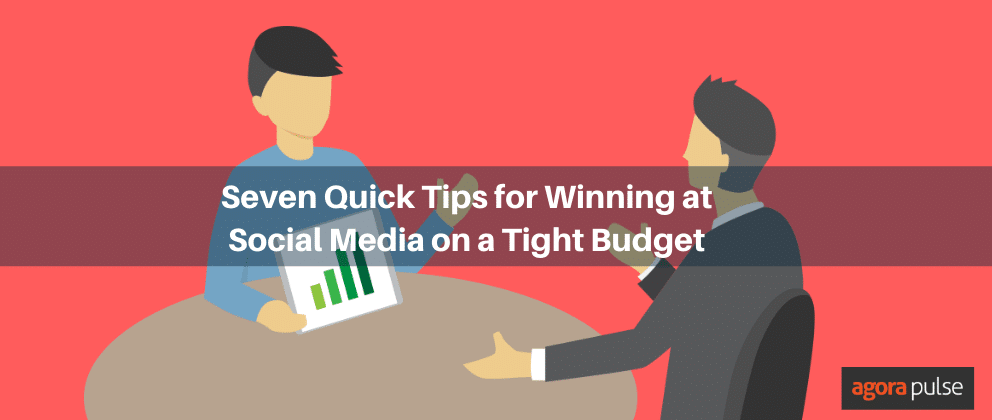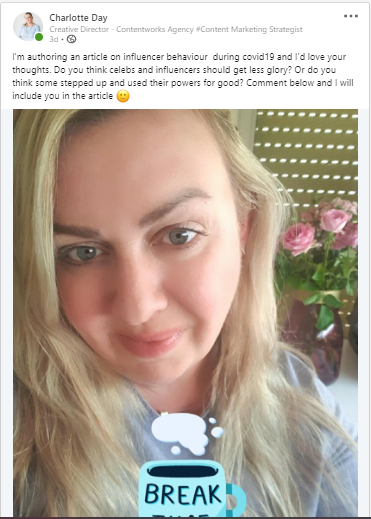
Covid-19 and Marketing
The covid-19 pandemic has led to businesses across the world either reducing their operations or completely suspending them. Large parts of the world are in lockdown mode with employees working from home or waiting to go back and the rest practicing social distancing. In this article, I’m taking a look at the covid-19 and marketing. As Director of leading Marketing Agency Contentworks it’s essential to stay updated. How have online shopping behaviours changed? What can brands and marketers do? What will work in the pandemic era? Here’s what I’ve learned.
Store Visits Decline
With governments encouraging people to stay home and avoid unnecessary trips, not only has shopping become very localised, physical store visits have declined by a whopping 90% in just one month. As a result, brick and mortar stores are reducing their inventories, with some even temporarily closing down their physical stores.
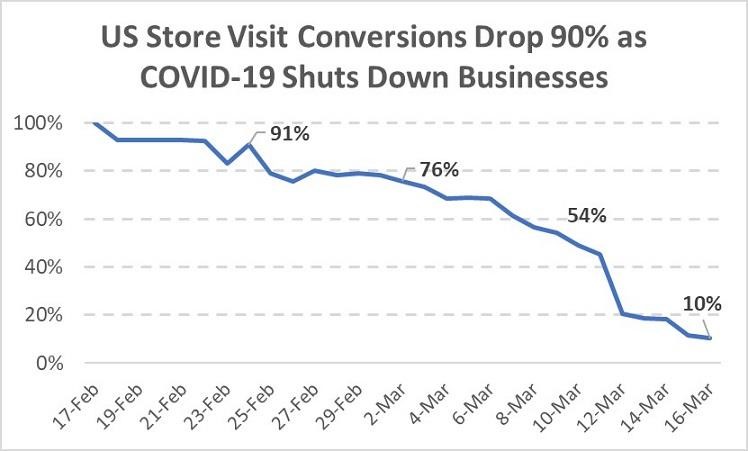
Image Source: 4 Major Trends Caused by COVID-19 and How to Respond;
Even with people choosing to shop online, the pattern has changed drastically, with international shipping being curtailed in many regions. Businesses are now turning to local supply chains, which is a drastic shift from the earlier pattern of products being manufactured with components sourced from various regions, assembled in yet another country and then sold across the world.
The challenge for marketers lies in staying on top of the latest consumer trends. Hint – they are all online. Online marketing is no longer an added plus for businesses. It’s a survival tool. And of course, tweaking messaging to be more empathetic and socially conscious is necessary too.
How Big Brands are Advertising During Social Distancing
Among businesses suffering the most, are restaurants and bars. It is times like this that businesses need to stay connected with their customers. Where better to do that than on social media? The one that really caught our eye was McDonald’s promoting social distancing by altering its logo.
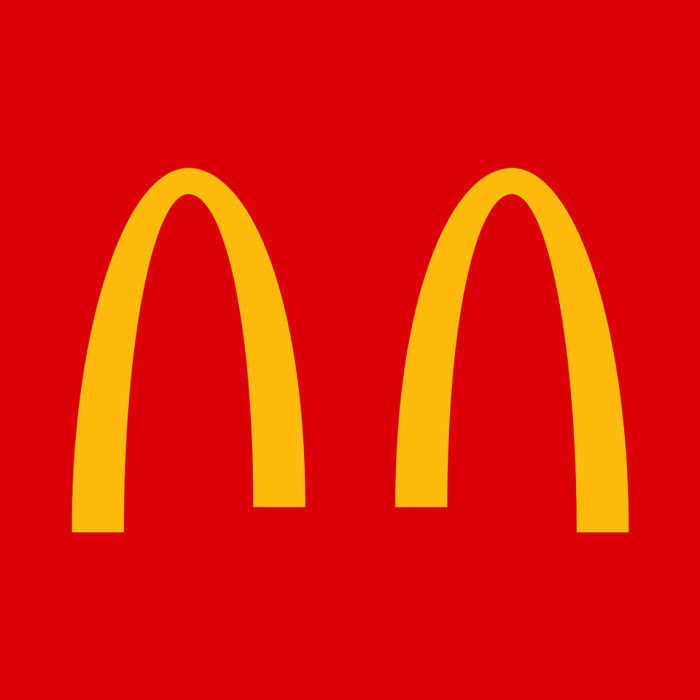
Then there’s Guiness and IKEA who cleverly spun their trademark ad styles to suit social distancing trends.It’s worth noting that both alcohol sales and DIY purchases have sharply risen during the lockdown period.
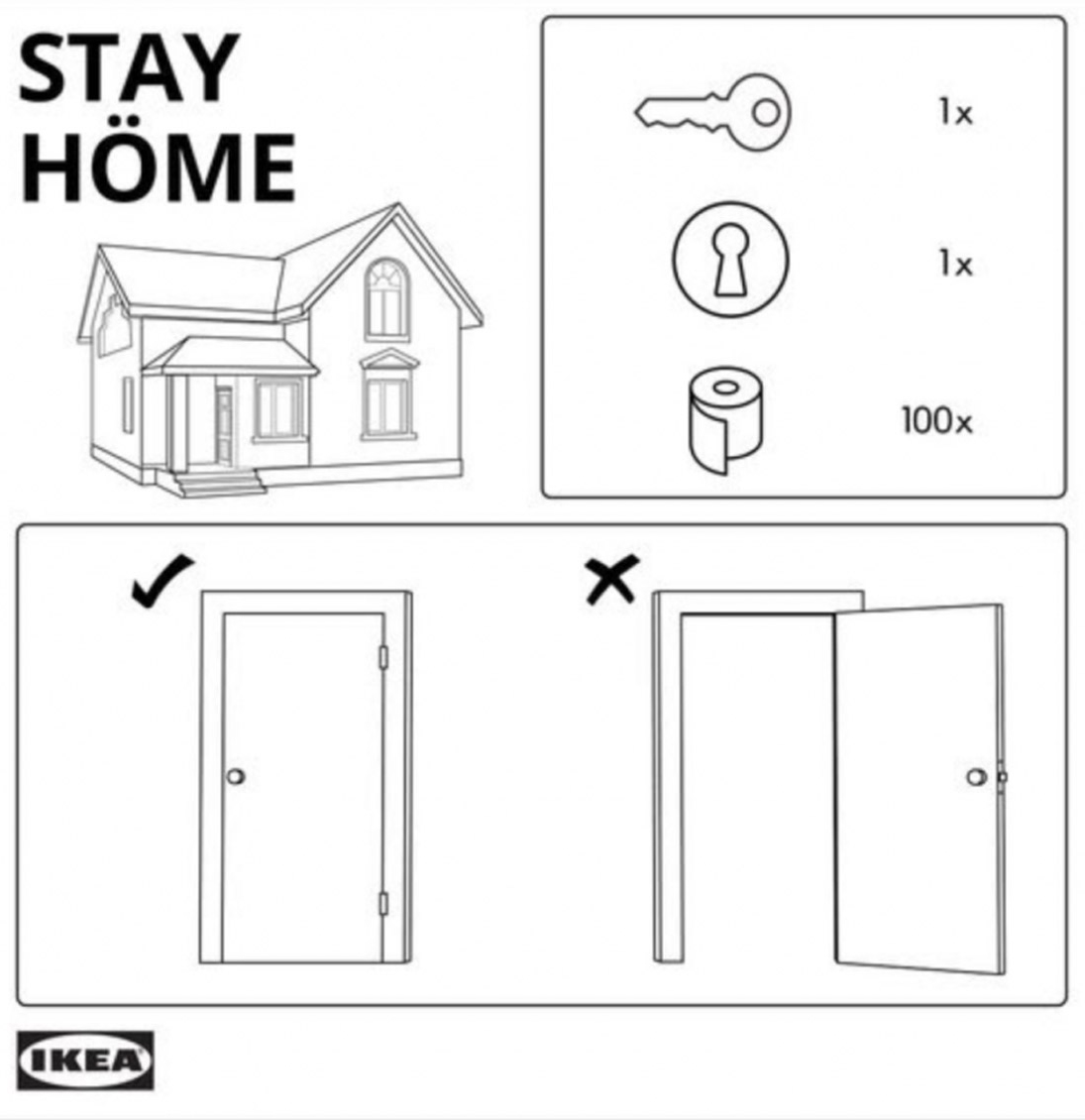

Increasingly, restaurants and bars tend to be updating their signage (see the website of National Signs to find some examples), and changing their delivery options as a way to attract more customers. Something that might actually work well in the food and beverage sector!
Brands have also realised that this is the time to show the world they care. Christian Dior is making hand sanitisers, Gap is manufacturing masks for healthcare workers and Burberry has transformed its factory to make covid-19 safe hospital garments. Such acts aren’t going unnoticed. Even businesses that usually make the most of April Fool’s Day have changed their messaging. Take T-Mobile, for instance. This is one brand that comes up with some great April foolery on each year, with epic ones like onesies that can double up as fitness trackers or unlimited plans for your favourite pet! Take a look at their message on Twitter this year:
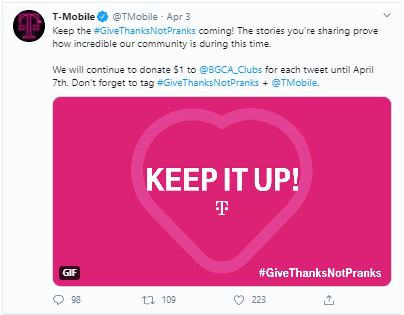
Covid-19 -Marketing to the House-Bound Masses
While we all hope that this shift to closed borders is only temporary, the speed with which marketers alter their short-term strategies will be key. In fact, research shows that 61% marketers are already working on adapting their short-term media strategy, with a shift away from offline to online. At the current time, only 9% marketers are thinking of changing their long-term strategy.
The shift to online is essential for any brands that can. This involves having an online strategy, mobile optimised website, fully firing social media channels and a blog. It also extends to email marketing, PR and guest posting. To understand how to market to these online masses, we need to first understand what has changed.
Covid-19 Marketing – Social Media
- WhatsApp has seen a huge jump of about 40% on average. In countries that are in the later stages of the coronavirus pandemic, the usage has grown 51%.
- The usage has increased the most among the 18-34 years age group.
- Instagram has also seen a 40% rise is usage, associated with the same demographic.
- Facebook has seen a 37% increase in use, while the local Chinese social media apps have seen 58% growth. Surprisingly China’s Weibo and WeChat have also seen gains.
- Statistics also show that 6.1 Instagram Stories are being posted on average each day, representing a 15% week-over-week gain for the week of March 15-21, 2020.
- Instagram Stories views rose 21% during the same time.
Covid-19 Marketing – Television & Video
- Nielsen data reveals that TV watching has grown almost 60% since people have been forced to stay at home.
- Total television usage includes not just traditional TV programming, but also DVR recordings, streaming services and video-on-demand.
- Streaming alone has increased 61%, with first-time installs of Netflix rising 57% in Italy and 34% in Spain.
- Live streaming across YouTube, Facebook, Twitch and Mixer grew a whopping 66% between the first week of February and the first week of March.
Covid-19 Marketing – PPC
- CPM costs have decreased across the board, from $1.883 by the end of November 2019 to $0.810 in mid-March 2020.
- CPC prices have also been reduced. They were already at a low of $0.110 at the start of 2020, falling 19% to 0.089 by March.
Covid-19 Marketing – What Can Businesses Do?
What these statistics highlight is the importance of connecting with fans on the channels they frequent the most during this pandemic. It’s also important to post regularly, especially messages that build an emotional connect, convey your empathy and help the consumer see that you understand what they are experiencing. A perfect example is the social media ad by TOMS.

This is also a good time to use Facebook and Instagram Live to reach out to your local audience. This can help build a direct connect. In fact, studies show that live videos lead to three times higher engagement than pre-recorded ones. The main goal with all of this is to reassure the consumer that your business is still operating. It’s to explain any new procedures and set realistic timeframes or expectations.
What you choose to say is important. For instance, financial services providers might benefit from using this time to offer financial educational material. During times of uncertainty, such as these, markets are volatile and unpredictable. Rich educational resources offer clients the means to make informed investments. Since people are already looking online for interesting things to do, why not use the time to gain knowledge?
Streaming platforms are doing well, as the figures suggest. Program advertising on channels where the target consumer is flocking, could be a good idea. This includes digital display ads, YouTube videos and news streaming channels. This is a viable option, with people keeping their eye on news regarding the progress of the pandemic.
If you are considering a PPC campaign, it’s time to review your search terms. No, that doesn’t mean incorporating COVID-19. In fact, don’t, unless your product or service is directly related. But you should be aware of the trends and decide if and how your product fits with them. For example, home improvement sales are up over 50%. If your online store sells DIY products then PPC is a good option. If you’re a travel company then less so right now, unless you can offer advanced bookings. You should also review your search terms and scheduled posts to avoid any tone deaf or insensitive messaging. A lot can change in a month.
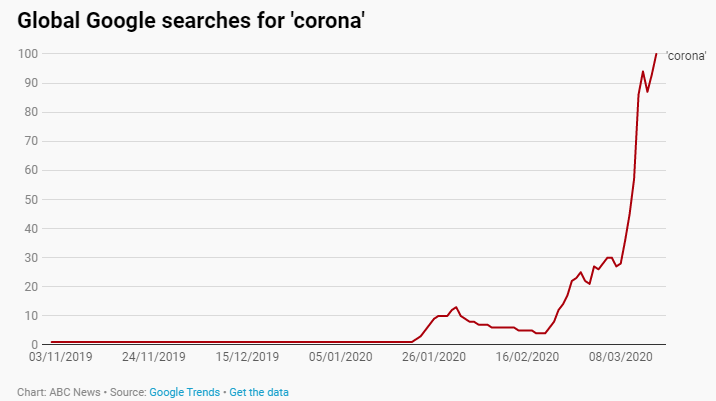
Source: https://www.abc.net.au/news/2020-03-22/google-searches-in-the-time-of-coronavirus/12064150
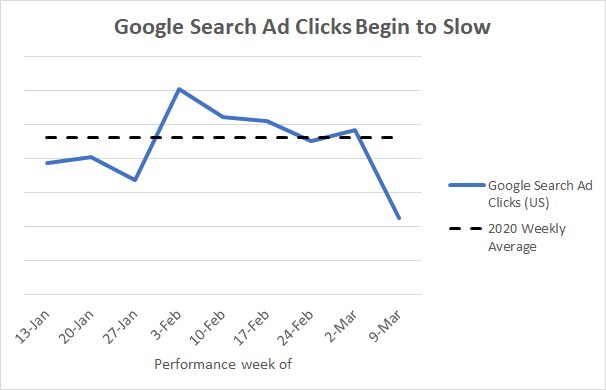
Image Source: How COVID-19 Has Impacted Google Ads Results for 21 Industries
Remember not to use the crisis to promote your business. This is one time Warren Buffet wasn’t totally right when he said, “Be fearful when others are greedy, and greedy when others are fearful.”
Here Are More Things You Can Do:
- Improve your online visibility. If you still don’t have social media pages and profiles, this is a good time to start. Keep your blog updated with SEO rich, helpful articles. Talk about how your business is supporting customers during these difficult times and provide updates regarding your business and team.
- Keep your messaging positive and relatable. Delete posts that do not fit with the mood and try to be more human in your approach. People are more stressed, sensitive and aware of messaging than ever before.
- Make Products Shoppable – Now more than ever, it’s essential to open every online shopping avenue. That’s Facebook, Pinterest and Instagram.
- Pause Non-Essential PR – Be careful with press releases and launches right now. The launch of Disney+ in the UK was ok because it met the market need. Other launches like Bolt delivery or the adaption of services to meet lockdown restrictions are also fine. However, if you’re trying to sell anything deemed “non-essential” you should wait. You don’t want to get backlash for being insensitive.
- Update information – Update your current business hours, contact details and any store or office locations that might be shut at present. You can update this on Google My Business, your website and your social channels. If your customers are used to your physical address, leave a sign there to advise them they can now find you online.
- Choose trending hashtags carefully. Avoid the temptation of using #Lockdown or #Covid19 to promote your offerings. You can use them to check on the well-being of your customers or to provide useful information.
Here’s what McKinsey recommends for businesses to cope with these unprecedented times:
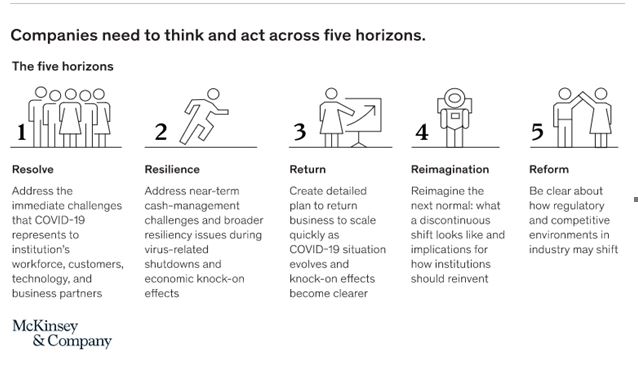
Image Source: COVID-19: Implications for business
Looking to improve your online presence?Unsure how to market to customers in the new social distancing age? Get in contact to learn how myself and the Contentworks Agency team can get you noticed. Did you find Covid-19 and Marketing helpful? If you did then please hit share.

